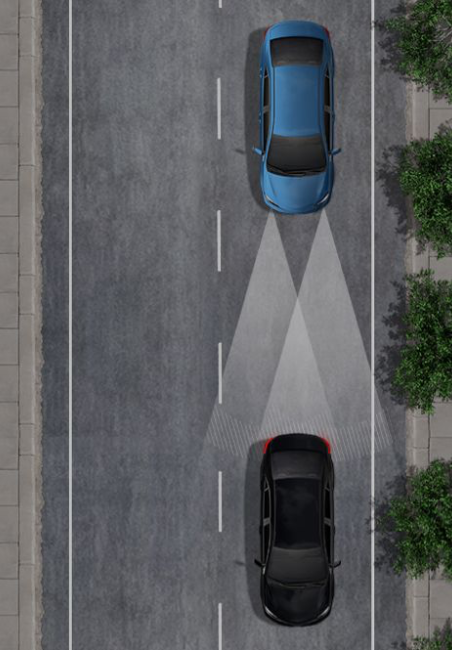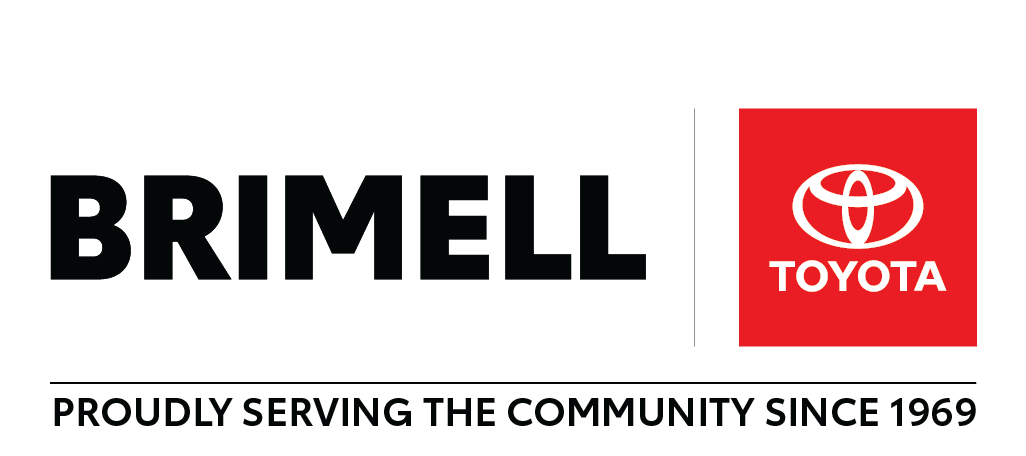
Toyota Safety Sense TM1
Designed to Keep You, Your Passengers, and All Who Share the Roads Safer
Standard on most models, Toyota Safety SenseTM (TSS) is an advanced suite of active safety features that are designed to support your awareness and decision-making across a range of speeds and driving conditions.
Peace of Mind Comes in Many Packages
TSS features can vary depending on the model you choose.
TSS-P | TSS 2.0 | TSS 2.5+ | TSS 3.0 |
| TSS-P features advanced technologies including Pre-Collision System, Lane Departure Alert, Dynamic Radar Cruise Control, and Automatic High Beam. | Builds on TSS-P, and consists of up to six active safety and driver assistance systems. | TSS 2.5+ adds new capabilities to the Pre-Collision and Dynamic Radar Cruise Control Systems, and enhances Lane Tracing Assist. | TSS 3.0 brings even more advances, including Motorcycle Detection, Lane Change Assist, and Front Cross Traffic Alert. |










*Disclaimer
1 Drivers should always be responsible for their own safe driving. Please always pay attention to your surroundings and drive safely. Depending on the conditions of roads, vehicles, weather, etc., the TSS systems may not work as intended. Please see toyota.ca, your local Toyota Dealer or Owner’s Manual for details.
3 The Pre-Collision System (PCS) is designed to determine if impact is imminent and help reduce impact speed and damage in certain frontal collisions involving a vehicle, a pedestrian, bicyclist or motorcyclist. It is not a substitute for safe and attentive driving. System effectiveness depends on many factors, such as speed, size and position of vehicle, pedestrian, bicyclist or motorcyclist and weather, light and road conditions. See Owner's Manual for additional limitations and details.
5 Lane Departure Alert with Steering Assist is designed to read visible lane markers under certain conditions. It provides a visual and audible alert and slight steering force when lane departure is detected. It is not a collision-avoidance system or a substitute for safe and attentive driving. Effectiveness is dependent on many factors including road, weather and vehicle conditions. See Owner’s Manual for additional limitations and details.
6 Automatic High Beams operate at speeds above 34 km/h. Factors such as a dirty windshield, weather, lighting and terrain limit effectiveness, requiring the driver to manually operate the high beams. See Owner’s Manual for additional limitations and details.
7 Dynamic Radar Cruise Control (DRCC) is designed to assist the driver and is not a substitute for safe and attentive driving practices. System effectiveness is dependent on many factors including road, weather and traffic conditions. Vehicles with manual transmission have regular DRCC. See Owner’s Manual for additional limitations and details.
8 The Lane Tracing Assist lane centering function is designed to read visible lane markers and detect other vehicles under certain conditions. It is only operational when DRCC is engaged. Not available on vehicles with manual transmissions. See Owner’s Manual for additional limitations and details
9 Intersection Turning Assist System. The Intersection Turning Assist system is designed to detect a pedestrian or approaching vehicle at intersections under certain conditions, determine if impact is imminent and help reduce impact speed. It is not a substitute for safe and attentive driving. System effectiveness depends on many factors, such as speed, type of turning maneuver, intersection layout, size and position of pedestrian and weather, light and road conditions. See Owner’s Manual for additional limitations and details.

Standard on all Toyota vehicles, Star Safety SystemTM features six accident avoidance technologies to enhance your vehicle's stability, braking, and traction.
Safety Awards
Your Safety is Our Peace of Mind
Safety Awards are one measure of our journey towards an accident-free world.
Awards from the Insurance Institute for Highway Safety (IIHS) are the milestones
by which we measure our success.

Quality means safety
Quality, Durability and Reliability
are the Hallmarks of a Toyota Vehicle
Along with years of driving enjoyment, the quality we build in at every step of
production also serves to enhance your safety when behind the wheel.
Always Testing | Triple Checking | Toyota New Global |
| In addition to thousands of virtual simulations, Toyota conducts more that 1,600 vehicle crash tests each year – all to learn more about keeping you, your passengers, other drivers, and all of those who share the roads safer. Through a series of comprehensive crash tests, with sensors feeding data at critical moments, we’re able to analyze the effects of impact, and design critical improvements. | Take our airbags, for example. Not only do electronic connections for the airbag system have gold-plated terminals, making them immune to corrosion, every single airbag that comes out of a Toyota plant is inspected three separate times on the production line before being connected. | In 2015, we introduced our Toyota New Global Architecture (TNGA), a complete re-engineering of our powertrains and platforms, designed to make Toyota vehicles better in every way — including stronger, safer and able to readily integrate ever-more advanced safety systems. |
